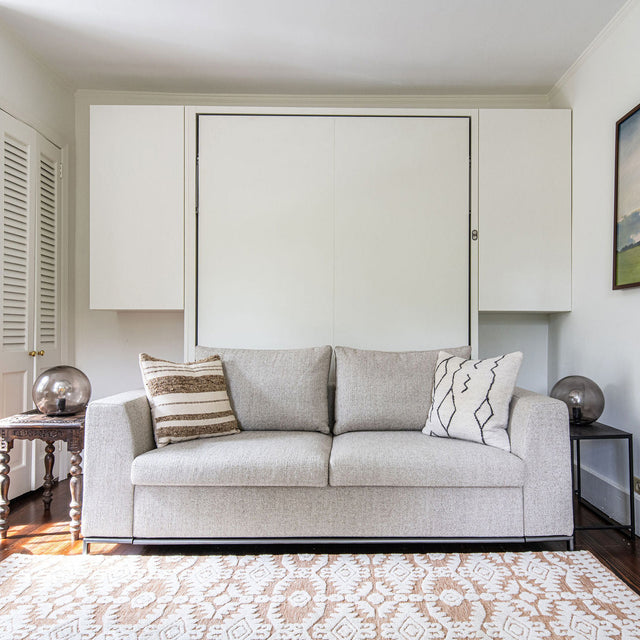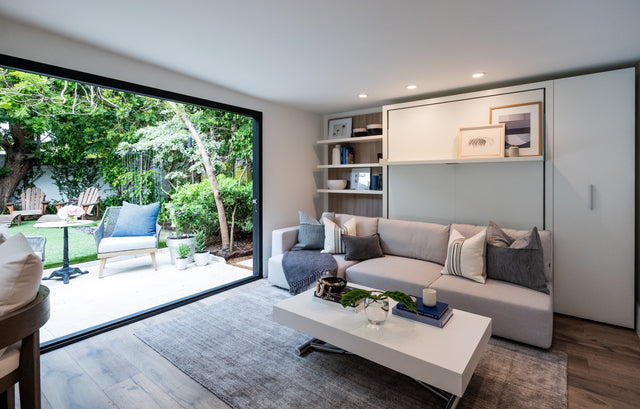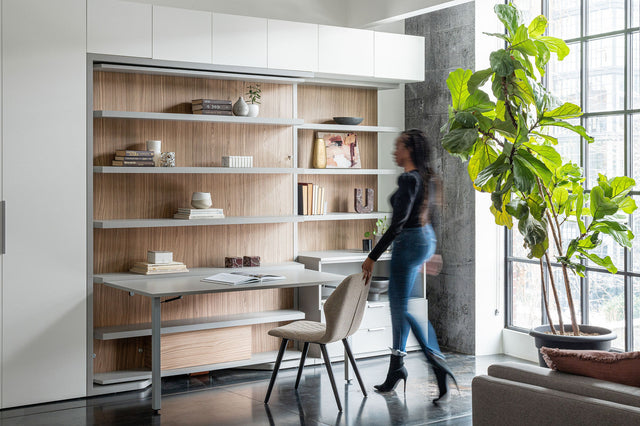Micro Apartments and Co-Living: The Future of Urban Living
Finding a place to call home can be challenging — and not just in New York.
Apartment hunters in urban centers from Washington, DC to Vancouver, BC all face similar situations: securing a suitable space amid rising rental prices and a shrinking inventory of affordable housing.
Until recently, changes in the demographic make-up of urban dwellers went largely ignored by developers of residential properties. Now, policymakers in urban centers across the country – and throughout the world – are beginning to rethink outdated housing models, attempting to adapt to new realities of how city residents live and work. For example, in New York City, almost half of adults over 25 are single people living alone; 9% of renters are single-parent families where a grandparent may also be living in the home. These findings are a result of research conducted by the Citizens Housing and Planning Council as part of their “Making Room” initiative. The project explored how different housing designs and layouts of housing units might satisfy emerging housing needs. (Resource Furniture was pleased to partner with CHPC on “Making Room: Housing for a Changing America,” an exhibit running at the National Building Museum in Washington, DC through January 2019.)
Outdated housing regulations also play a role. Lately, Vancouver has been reviewing their single-family zoning laws, which impose rules that ban the construction of all but detached houses on large sections of land around the city. As the lack of affordable housing reaches crisis levels, city officials recognized the need to liberalize these laws to allow for more building options in residential neighborhoods. This past summer Vancouver launched its own “Making Room” initiative, a strategy for opening these single-family areas up and developing more duplexes, row houses, and small apartment buildings.

Recent Posts

6 Ways to Create a Hotel-Like Guest Room Experience

Aging in Place That Actually Feels Like Home

Does Converting a Garage to a Living Space Add Value? What to Know Before You Start

Multifunctional Kids' Room by YZDA at Armani Casa Miami

When Every Inch Counts: A Multifunctional Retreat in Cobble Hill






